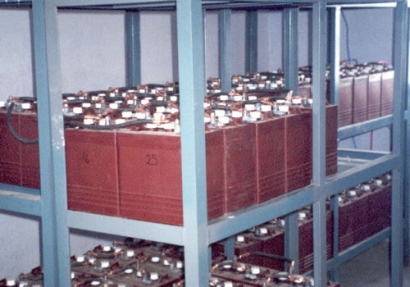
The initial seven projects would be in San Diego County’s rural and urban areas and serve critical public-sector facilities such as fire and police stations, emergency operation centers, and emergency evacuation sites. Pending CPUC approval, the plan would be implemented in phases over the next few years with all projects in operation by 2024.
“The innovative projects were developed through close collaboration with local leaders and will significantly increase the resiliency of critical public-sector infrastructure,” said Scott Drury, SDG&E’s president.
SDG&E’s plan also includes an Energy Storage Customer Program Pilot. It would provide incentives for nonprofit care facilities to purchase energy storage systems. Eligible nonprofit low-income care facilities would include, but are not limited to, short or long-term care (hospice, nursing homes, children’s and senior’ homes), group homes for physically or mentally disabled persons, or other nonprofit group living homes.
The proposals are in response to California’s Assembly Bill 2868 which was signed into law in 2016 and allows the company to add distributed energy storage.
Pending approval, SDG&E would issue a solicitation to identify a third party to administer the Energy Storage Customer Program Pilot. The company expects to launch the program within one year of CPUC approval.
Energy storage is playing a key role in SDG&E’s commitment to deliver clean, safe and reliable energy. By 2030, the company expects to develop or interconnect more than 330 MWs of energy storage. These projects will help deliver more renewables to customers and help strengthen SDG&E’s record as the most reliable utility in the West.

